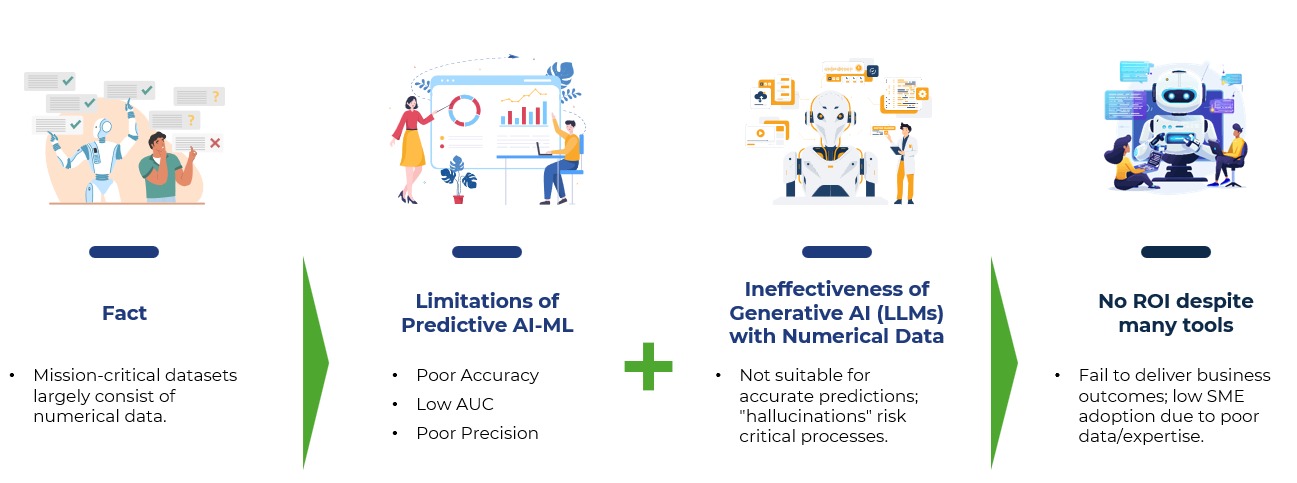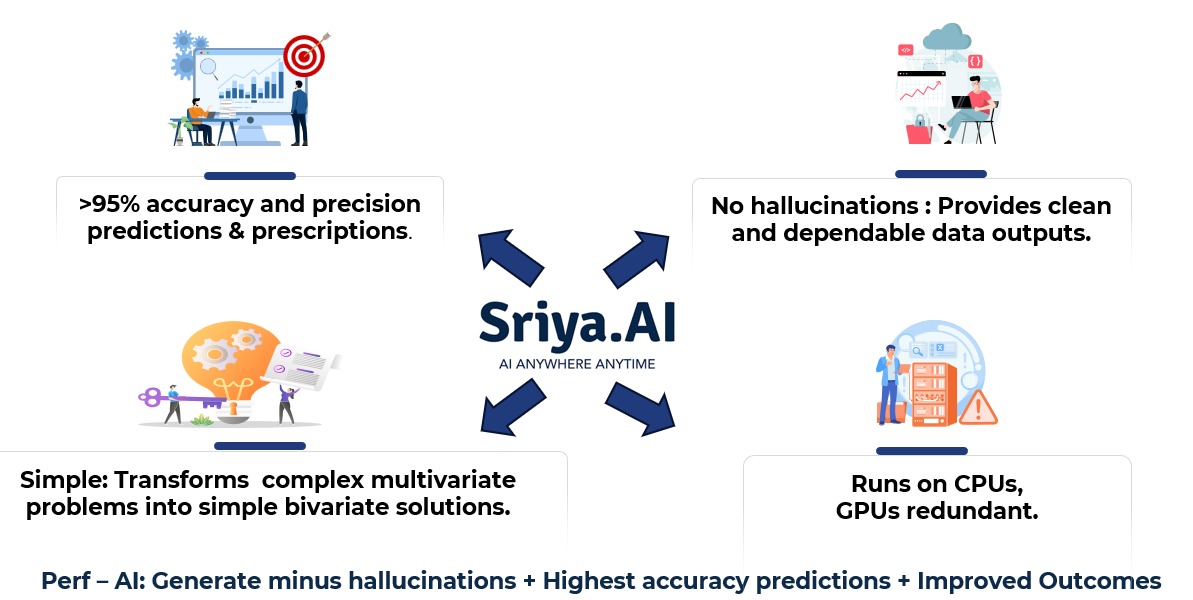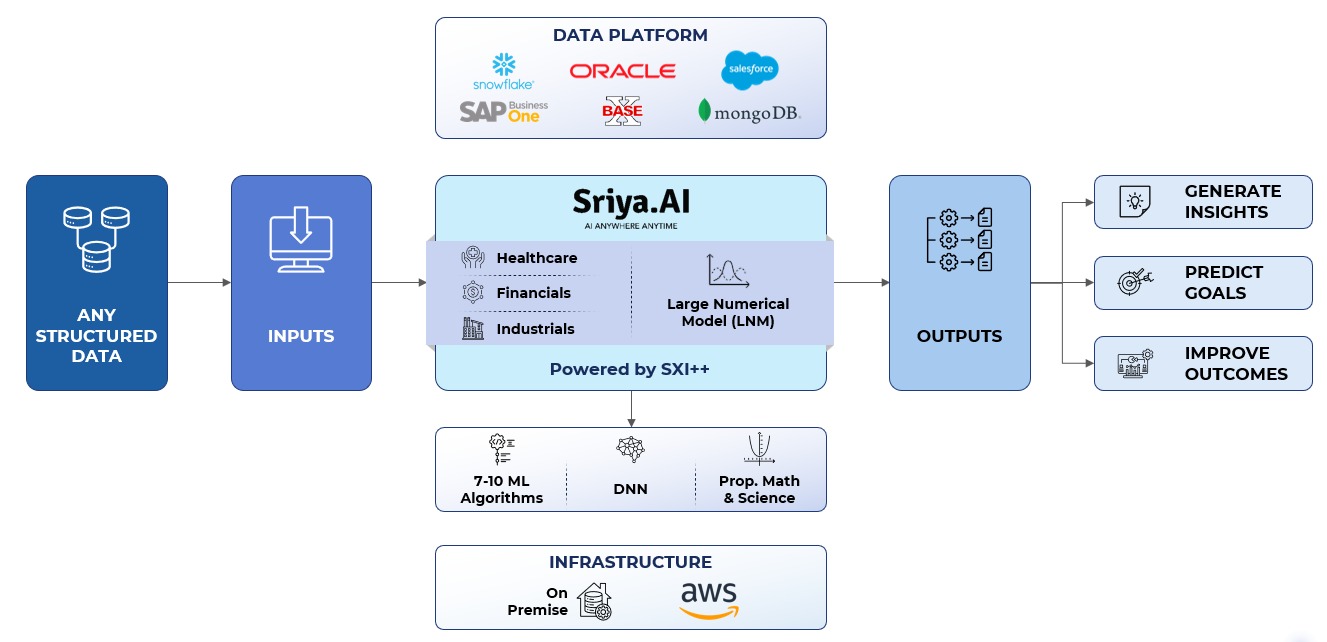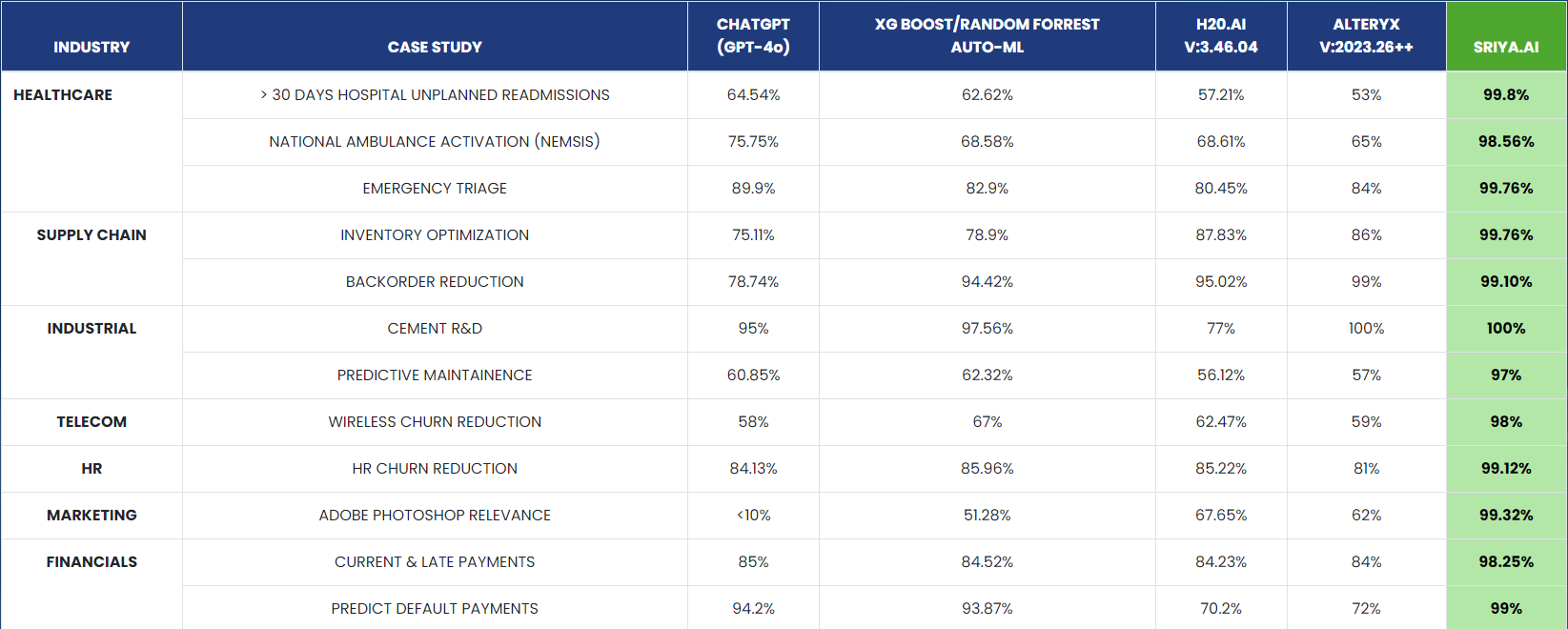
Healthcare

Finance

Industrial

Supply Chain
Start by benchmarking the use-case worthiness of your DATA with an AI Score and then uncover the hidden VALUE in the following areas:
PERF AI
Generate
Predict
Improve
Power Of AI
Hospital Unplanned Readmission

A patient returning to the hospital unexpectedly within a certain time frame after discharge.
Finance
Fraud
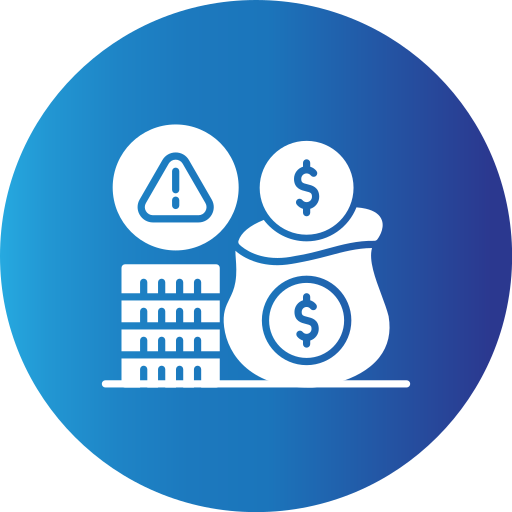
Financial fraud involves deceptive practices aimed at gaining monetary benefit illegally, often through misrepresentation, manipulation, or false information.
Maintenance
Costs

Maintenance costs represent expenses incurred to sustain or repair equipment, machinery, or systems, ensuring their proper functioning and longevity.
Transportation & logistics Costs

Transportation and logistics costs cover expenses for moving, storing, and distributing goods across various locations efficiently.
Online
Conversions

Online conversions denote desired actions (e.g., purchases, sign-ups) users take on a website, reflecting successful engagement or transactions.
Subscription
Growth

Subscription growth signifies the increase in the number of recurring customers paying for services or products over time.
Bank Loan
Analysis

Bank loan analysis assesses borrower's creditworthiness, repayment ability, and risk factors to determine eligibility and terms for loan approval.
Productivity

Productivity refers to the efficiency and output of tasks or activities accomplished within a specific period or resource framework.
Measurable Improvements
2X
More powerful than Standard-AI
>99%
Accuracy attainment
100%
Model deployment
Why Sriya.AI?
We believe companies create valuable data every minute and we are committed to helping our clients unravel the patterns and insights only AI can do!
PREDICTIVE
AI-ML
PRECISION
AI - Indexing
PRESCRIPTION
GPT
REINFORCED
Feedback loop
Your DATA holds the ANSWERS,
we can help you find it!
Where to begin?Problems & Solutions
Prediction Accuracy Comparison Chart
| INDUSTRY | CASE STUDY |
CHATGPT (GPT-4o) |
XG BOOST/RANDOM FORREST AUTO-ML |
H20.AI
V:3.46.04 |
ALTERYX V:2023.26++ |
SRIYA.AI |
|---|---|---|---|---|---|---|
| HEALTHCARE | > 30 DAYS HOSPITAL UNPLANNED READMISSIONS | 64.54% | 62.62% | 57.21% | 53% | 99.8% |
| NATIONAL AMBULANCE ACTIVATION (NEMSIS) | 75.75% | 68.58% | 68.61% | 65% | 98.56% | |
| EMERGENCY TRIAGE | 89.9% | 82.9% | 80.45% | 84% | 99.76% | |
| SUPPLY CHAIN | INVENTORY OPTIMIZATION | 75.11% | 78.9% | 87.83% | 86% | 99.76% |
| BACKORDER REDUCTION | 78.74% | 94.42% | 95.02% | 99% | 99.10% | |
| INDUSTRIAL | CEMENT R&D | 95% | 97.56% | 77% | 100% | 100% |
| PREDICTIVE MAINTAINENCE | 60.85% | 62.32% | 56.12% | 57% | 97% | |
| TELECOM | WIRELESS CHURN REDUCTION | 58% | 67% | 62.47% | 59% | 98% |
| HR | HR CHURN REDUCTION | 84.13% | 85.96% | 85.22% | 81% | 99.12% |
| MARKETING | ADOBE PHOTOSHOP RELEVANCE | <10% | 51.28% | 67.65% | 62% | 99.32% |
| FINANCIALS | Current & Late Payments | 85% | 84.52% | 84.23% | 84% | 98.25% |
| PREDICT DEFAULT PAYMENTS | 94.2% | 93.87% | 70.2% | 72% | 99% |
“Sriya-AI utilizes standard machine learning algorithms, whereas Sriya-AI utilizes proprietary precision learning indexing algorithms offering 20-40% accuracy improvement with 100% precision.”
Testimonials

“Sriya product and it's predictive capabilities hold a lot of promise for the industrial giants like GE in the areas of Healthcare, Aviation and Energy.”
GE Corporate

“Based on my evaluation of Sriya.ai's product, its predictive model shows a lot of potential. Look forward to exploring more.”
PhD, Verizon, Inc
